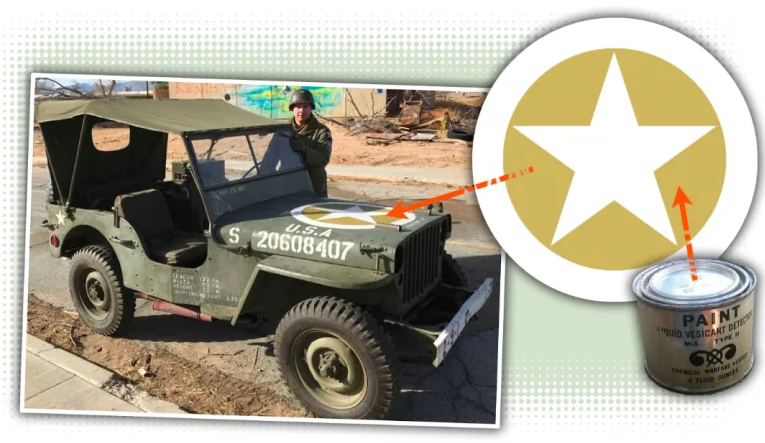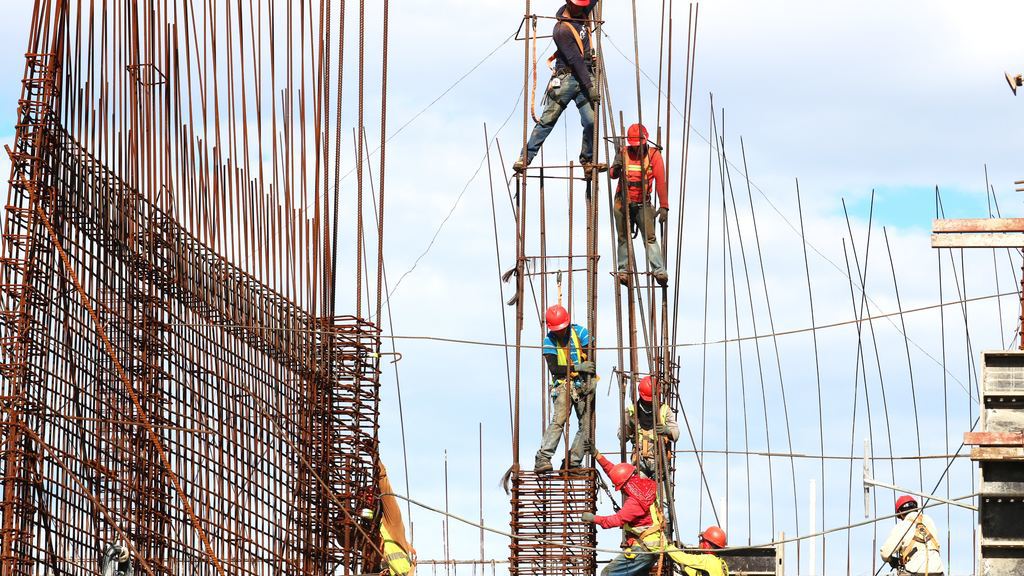Safety Vests: Enhancing Work Zone Safety & Efficiency
Personal Protective Equipment (PPE) plays a vital role in workplace safety, ensuring workers are protected from potential hazards. Among the various types of PPE, safety vests are one of the most important for visibility and accident prevention in high-risk environments. High-visibility safety apparel enhances worker visibility in all conditions, including low-light environments, adverse weather, and high-traffic areas. These vests are an essential safety tool for construction sites, roadwork crews, warehouse employees, and emergency responders. Safety vests come in various styles, materials, and visibility ratings to suit different job requirements. The most common materials include:- Lightweight Mesh Fabric – Ideal for warm climates, breathable and comfortable for extended wear.
- Solid Polyester – More durable and suitable for rugged environments where extra protection is needed.
- Flame-Resistant Materials – Designed for workers in high-risk environments, such as those handling flammable materials.
- Construction workers
- Traffic control personnel
- Emergency responders and law enforcement
- Warehouse and factory workers
- Utility and telecommunications workers
The History of Safety Vests & High-Visibility Apparel
The concept of high-visibility clothing was pioneered in the 1930s by Bob Switzer, a California worker who suffered a workplace injury that affected his vision. Determined to prevent similar accidents, he worked with his brother Joe Switzer, a chemist, to create a fluorescent paint known as “Day-Glo”. Initially, their invention was used for advertising and theater backdrops, but it soon found its way into safety applications. Bob’s wife’s wedding dress was the first known piece of high-visibility apparel, showcasing the potential of fluorescent materials to improve visibility.
Reflective Materials & Their Impact on Safety
The widespread adoption of reflective safety gear began in the mid-20th century, particularly in construction and transportation industries. In 1964, Scotland introduced high-visibility vests for railway workers, which later became a standard worldwide. Today, safety vests must meet stringent ANSI/ISEA standards to ensure maximum protection for workers in hazardous areas.Types of Safety Vests & Their Applications
Class 2 Safety Vests
Class 2 safety vests are required for workers in moderate-risk environments, including roadside construction and survey crews.Class 3 Safety Vests
Class 3 safety vests provide the highest level of visibility and are used by workers in high-speed traffic zones.How to Choose the Right Safety Vest
When selecting a safety vest, consider:- Work Environment: High-traffic areas require Class 3 vests.
- Climate: Breathable mesh vests are ideal for warm weather.
- Additional Protection: Flame-resistant options are available for hazardous worksites.
-9944-133673589535586999-1200x1536.webp)
Premium Black Series Surveyors Vest
Premium Black Series Surveyors Vest
Quick Facts:
- Professional Class 2 Surveyors Safety Vest - Lime or Orange
- Eight sizes to choose from: Small, Medium, Large, XL, 2XL, 3XL, 4XL & 5XL
- Add custom black text, custom reflective text or logos to both back and/or front


